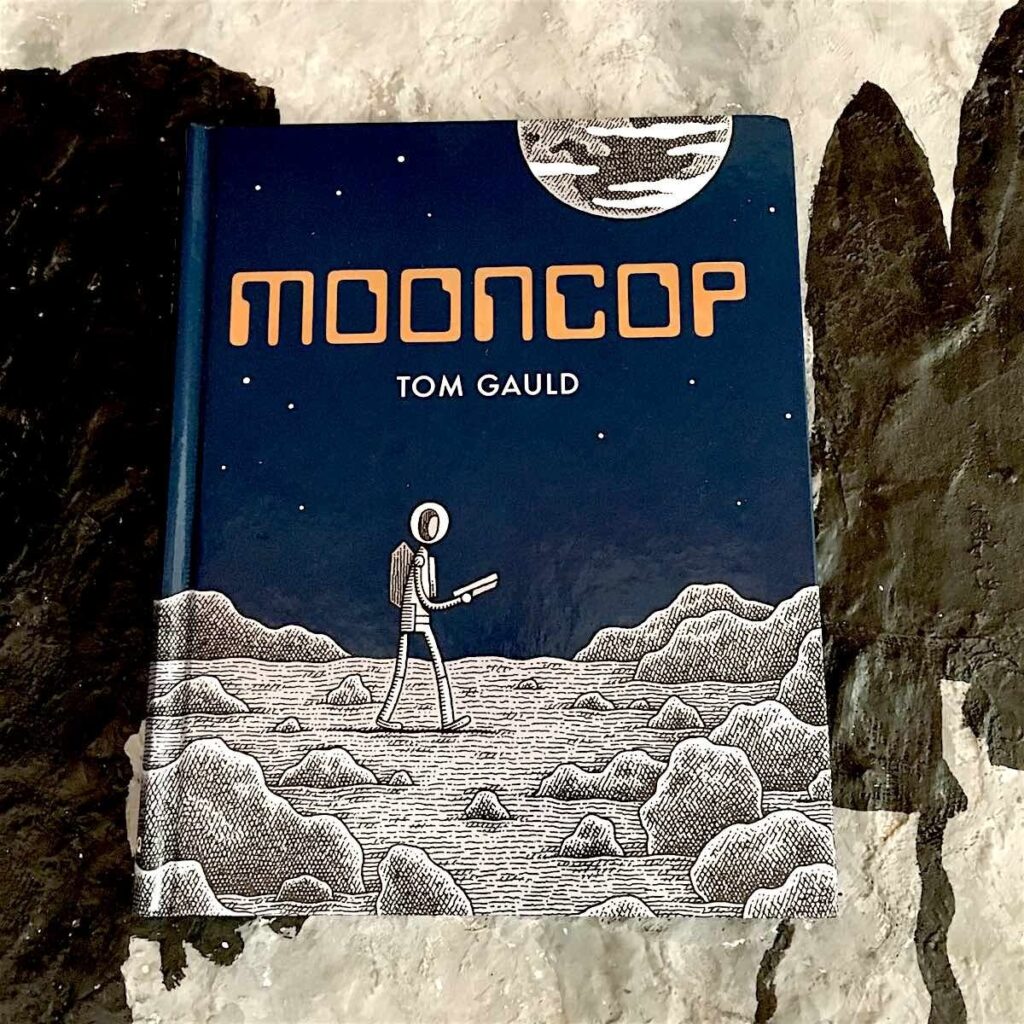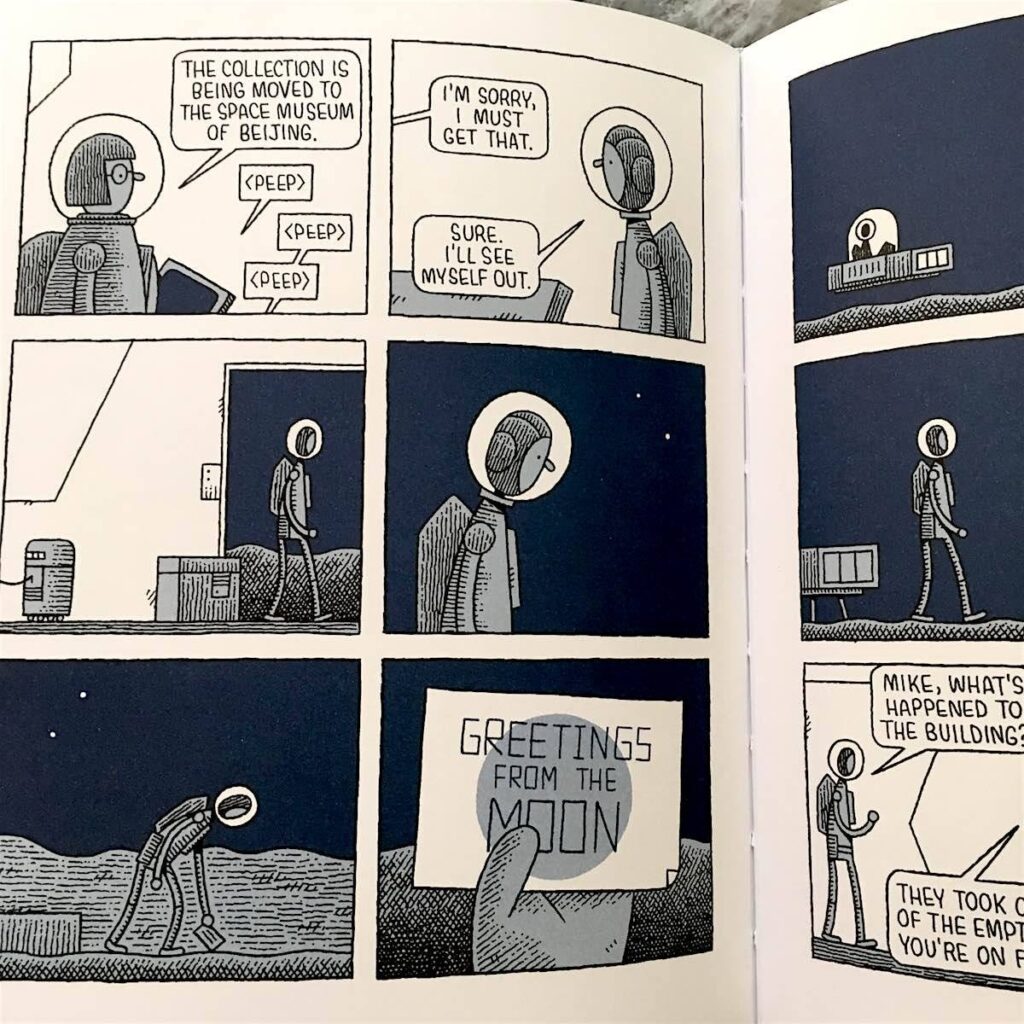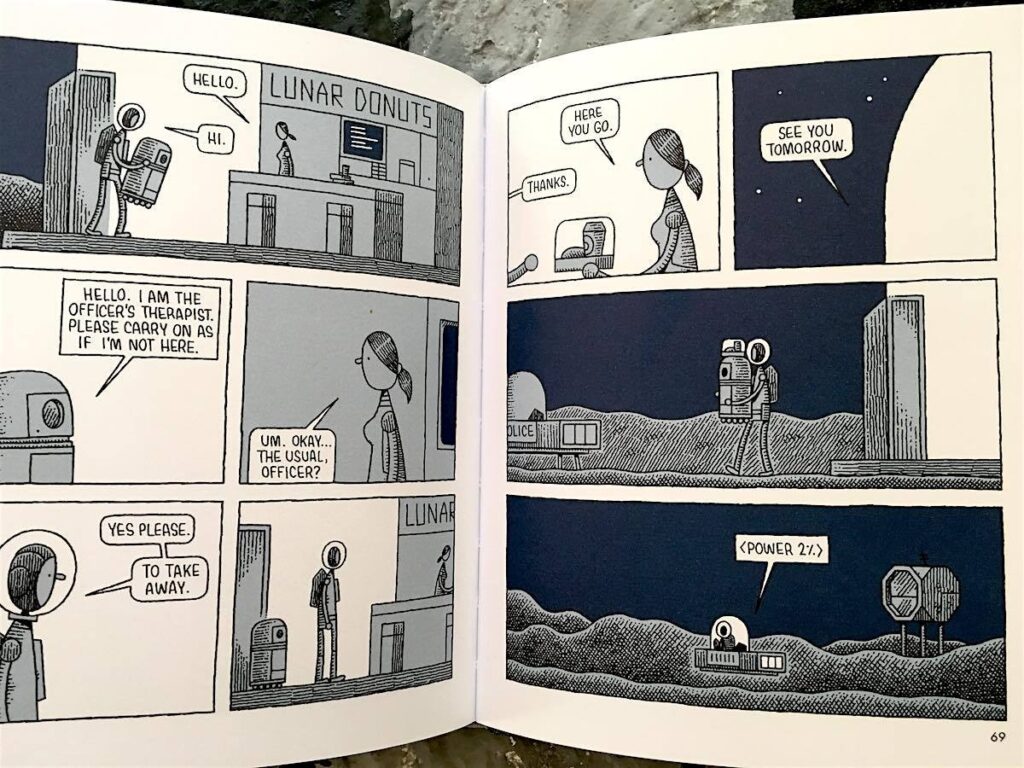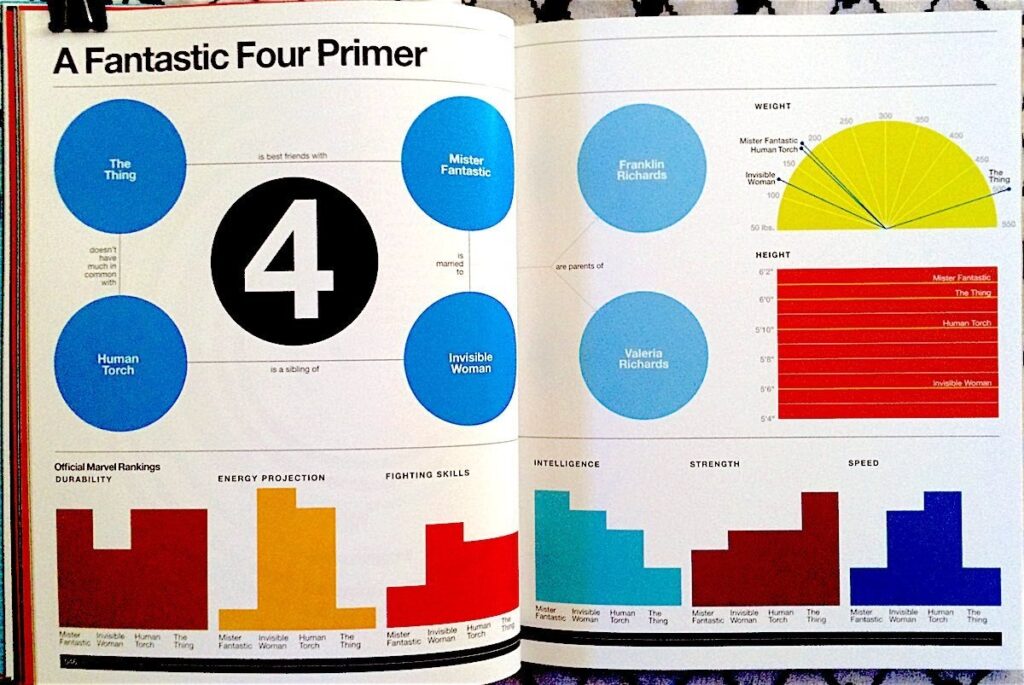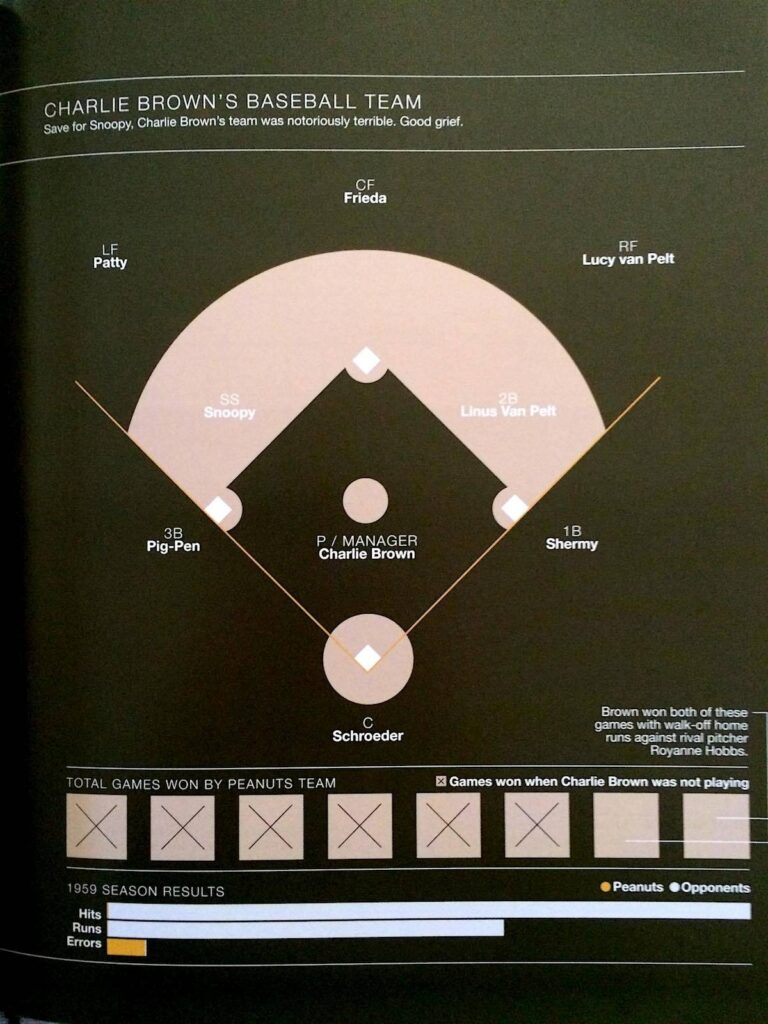Wild Hot Springs
Where to soak outdoors
A natural hot spring is not interesting until collected into a hot pool. Hot pools on private land inevitably evolve into hot spas. These can be great in themselves: The Japanese built a robust empire around hot spas, and even in the US, natural spas can be wonderful. But there is nothing like soaking your butt in a natural hot spring bubbling out of the ground in the midst of absolutely-nowhere, surrounded by tufts of green, rock, and drop-dead beauty, and — most of the time — no one else.
By some cosmic gift, most of the hot springs in the US pop up within the publicly owned vastness of the West, thereby guaranteeing the continuation of several hundred recreational hot springs and hot pools that retain their undeveloped wildness. This is me, above, at Spencer’s Hot Springs, Nevada. Water temp, about 104. Or below, me, my wife and some friends in Crowley Hot Springs (also known as Wild Willie’s), California. Yes, it was a lovely as it looks.
How do you get there? These books will tell you.
The two US-oriented ones here are the best of a very small bunch. They are great updated editions based on the early guides of the late Jayson Loam, who is credited with popularizing rustic hot springs. The Southwest book somewhat counter-intuitively includes California, Nevada down to Texas, while the Northwest volume includes Oregon, Wyoming up to Alaska. Hot Springs of Western Canada (2nd Edition) covers about a hundred springs in Canada, but the better ones are included in the aforementioned Hot Springs & Hot Pools of the Northwest; good enough for most folks.
Each guide lists over a hundred hot springs, including the many developed ones (some extremely built up). You’ll have to sort through to find the more primitive and rustic ones. For each spring there’s at least one photo, a description, and street directions if they are developed. In the past the great challenge posed by wild springs was finding them; many quests to reach a fabled hot spot were abandoned by the mapless. Happily that test is now easy to pass if you have a GPS unit. These guides provide GPS coordinates (yeah!) for most of the rustic sites.
There used to be an occasional periodical called the Hot Spring Gazette, which kept up on which springs dried up, or were closed down, and what ones newly opened, etc. While they have a website, as far as I can determine they haven’t had an issue in 5 years. Your best guide to the latest news in primitive hot baths (other than spring-wise friends) is this website:
Soak Net. Second best is Hot Spring Enthusiast.
Lastly, the truly hot-spring obsessed will quote from the legendary Thermal Springs List of the United States. It is nothing more, nor less, than a comprehensive database of ALL known hot springs in the US. Decades ago, a yellowing print-out of this government publication was a badge of true hot-spring aficionado. These days this database is maintained by by the National Oceanic and Atmospheric Administration and is available online. Diehard hot-water freaks use the list to hunt for little-visited hot springs, but be forewarned. Most of these springs are but trickles of warm water and not bathable. Furthermore, this database contains only the temperature, flow, and latitude/longitude coordinates of the springs, which won’t help the casual user in either finding it, or deciding whether it will be worth the trip. For most mortals, the guide books above offer more enjoyable springs than you’ll ever get to.
Thermal Springs List of the United States (database search)
Thermal Springs List of the United States (map interface).
Happy soaking!
— KK
Hot Springs and Hot Pools of the Southwest
Marjorie Gersh-Young
2011, 264 pages
$19
Available from Amazon
Hot Springs & Hot Pools of the Northwest
Jayson Loam’s Original Guide
Marjorie Gersh-Young
2008, 235 pages
$18 from Amazon
Sample excerpts:
Common Sense and Safety Tips
It’s Hot: Always, always check the temperature of the water before entering. Even if you have been to a spring several times, conditions affecting water flow and temperature change constantly.
It’s Smelly or Not: Structures built over hot springs often prevent natural gasses from escaping. These can often build up and cause you to become dizzy and pass out. Be extremely cautious about staying within structures for any length of time.
Heads Up: Because many forms of bacteria and other organisms live in hot water, it is recommended by many that you do not put your head in the water.
The Gangs All Here: This is where consideration for other soakers comes in. If you arrive at a full pool, ask how long they plan on staying; or ask if you may join them. If you’re the first person there, invite others to join you. You’d be amazed at the interesting people you meet. If people are waiting for you to get out before they get in, determine a reasonable length of time, and leave when agreed upon. Take a walk, watch the sky, read a book, and return later.
*
Kennedy Hot Spring / Undeveloped / 35 C (?) (95 F)
A 9 km (5.5 mi.) hike on an excellent trail leads to a very nice pool deep in the Glacier Peak Wilderness. This is one of the more popular hikes in the North Cascades and is well worth the effort. May through October are the best months for this trip.
The unusual soaking box at Kennedy is about 2 m (6 ft.) deep and is fed from the bottom.
— Hot Springs of Western Canada
Hot Springs of Western Canada
A Complete Guide
Glenn Woodsworth
1999, 288 pages
$25
Amazon






